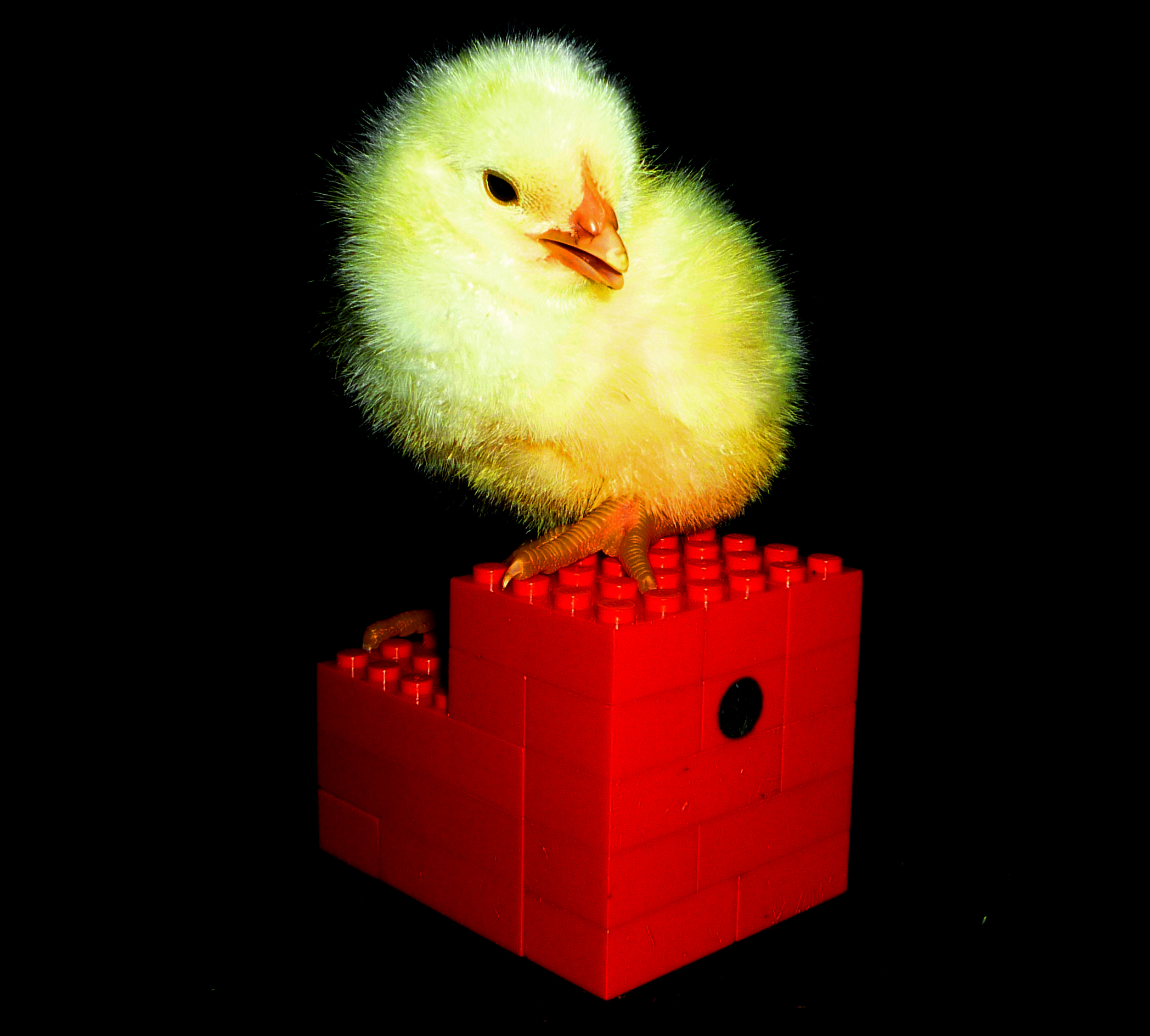Determining Factor for the Sensitive Period
Dr. Koichi J. Homma (Teikyo University)

Reference Yamaguchi et al., Nature Communications 3,
Article number: 108
Learning that
occurs during the sensitive, or critical, period is believed to lay the
foundation for future learning. Filial imprinting predisposes
precocial birds to form social attachment to other animals or objects
during a sensitive period restricted to the first few days after
hatching. I will focus on the imprinting as an example of early
learning and propose its novel physiological role during the sensitive
period of learning: the priming role that leads to the acquisition of
later learning, a subject that has not been discussed in detail since
the first report of imprinting-like behavior by Spalding in the 19th
century. A major point of discussion is the determining factor that
starts and ends the sensitive period of imprinting; very little was
known about the existence of a determining factor. I show that a rapid
inflow of thyroid hormone from plasma critically determines the start
of the period. This hormone (T3) also reopens a once closed sensitive
period and enables imprinting again. Moreover, it confers what I term
“memory priming” (MP) to prime subsequent learning, i.e., reinforcement
learning is greatly facilitated by priming with T3. Once chicks have
achieved MP, it is maintained for long periods, perhaps even for an
unlimited period of time, via a non-genomic action. This supports my
idea that MP which originates from imprinting is followed by cascading
layers of later learning. In other words, learning itself (imprinting)
opens the door to start the sensitive period, and the sensitive period
can be restarted even after it has once closed. The novel role of
imprinting in my study that primes learning at a later developmental
stage is quite different from the classical view, which is restricted
to the very specific learning of imprinting. This novel idea of
imprinting will be discussed in my talk.